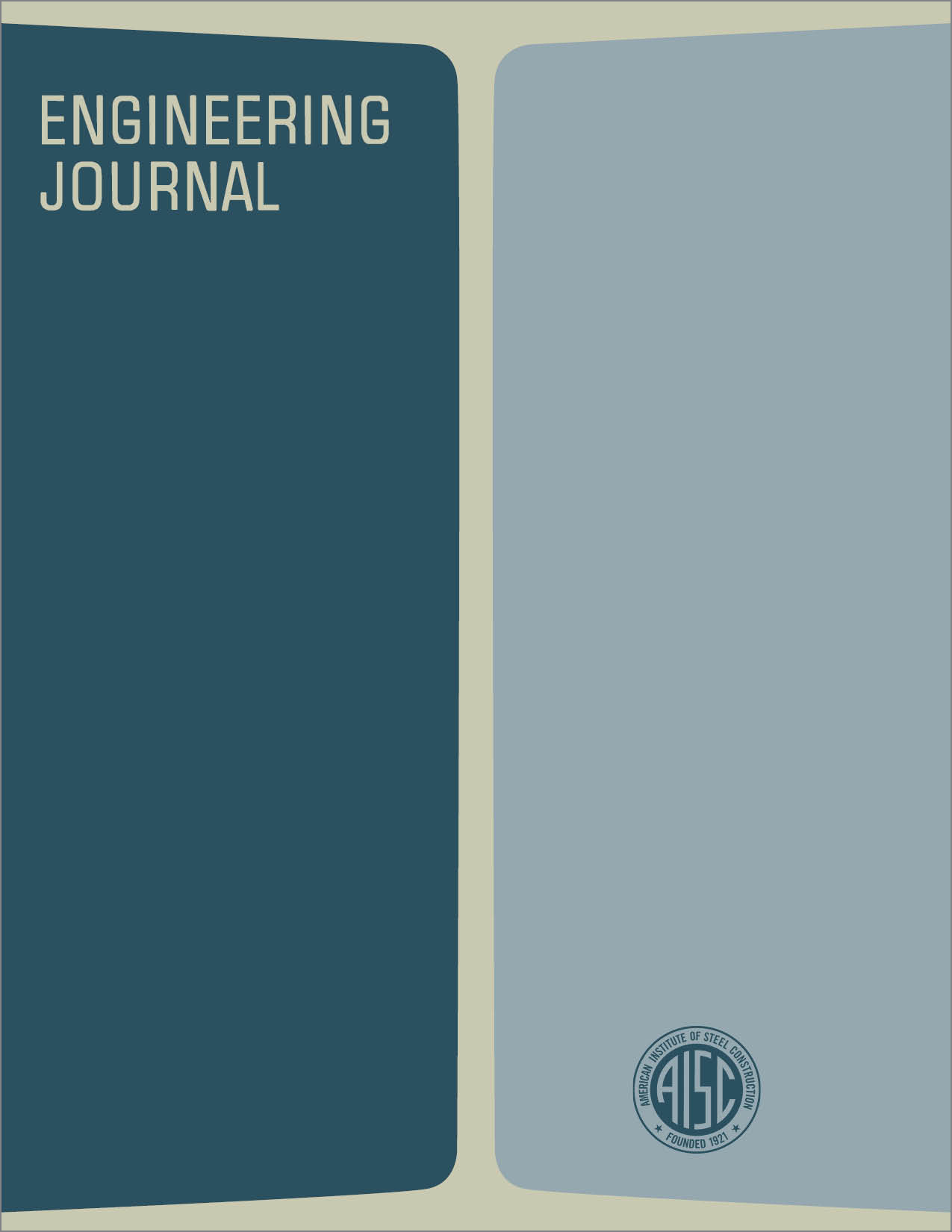Optimum Design of Steel Pipe Racks
DOI:
https://doi.org/10.62913/engj.v16i3.336Abstract
The availability of user-oriented computer programs has had great impact on engineering analysis and design of structural systems. This computational tool can be useful not only to obtain fast and accurate values of forces and displacements in structural systems, but its usefulness has been extended to the economical (minimum weight) design of structural steel members and frames. The design phase can be made very efficient by following an optimization process when suitable computer programs are available. The optimization process may include a number of design constraints, such as: (a) attainment of overall minimum weight, (b) limiting the selection process to a given range of member sizes, and (c) limiting displacements to certain tolerable values. Current engineering practice often utilizes the capability of the computer for the analysis phase only, and considers the subsequent design process a professional art to be left to the discretion of the "Design Engineer." There are reasons for this distinction between analysis and design. For example, the application of a design code requires experience and judgment, the selection of member sizes should be practical, and there is usually a match among the selected member sizes. However, some computer programs available today are so versatile that they not only include code design criteria as built-in algorithms, but in addition the input procedure is relatively simple and easy to learn and apply. In fact, many engineers are able to understand the computer code in their first encounter with a coded problem even if lacking in prior computer experience.

